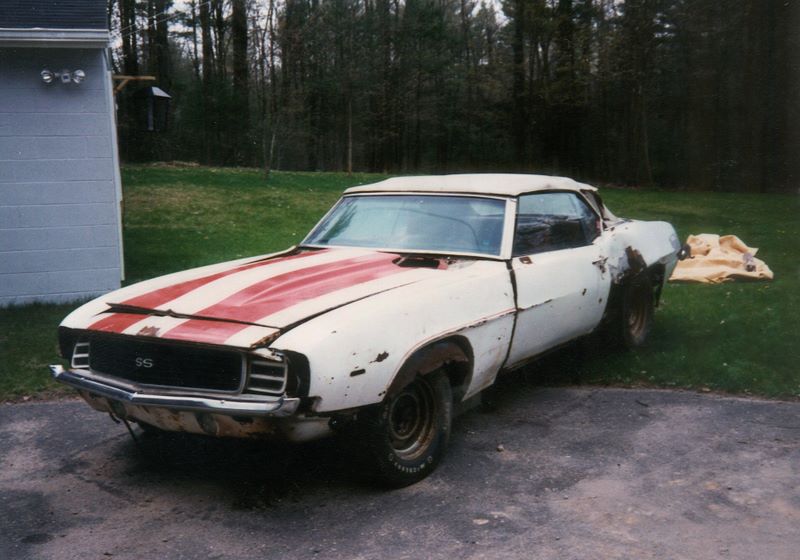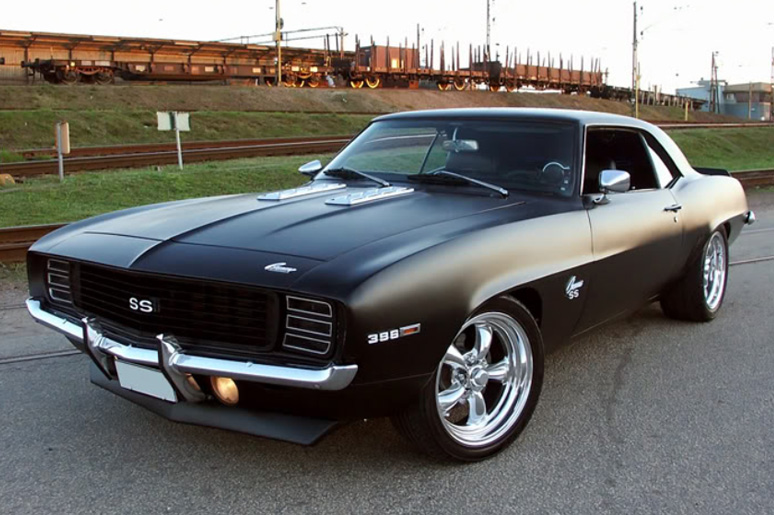In our previous post we talked about why making something look beat up, wasn’t the same as making it look like it’s from another era. Just as a mint ’69 Camaro still looks like it’s from 1969 … there are qualities to printed pieces that are inherent to the “golden age” of printing which are not commonly seen today. One of those qualities is overprinting.
There are two rules you need to understand first:
1. It’s tough to line up different colors exactly when printing.
2. Ink is not opaque.
When one color prints on top of another color, the color that results is a mixture of the two colors (see rule #2). That might be what you want, or maybe not. In the olden days, If you didn’t want that, you’d trim out (“knockout”) the underlying color from your design, so you’d just leave the color you want, without any intermingling of the two. It’s tough to trim things out exactly because there’s some variation in the alignment of different colors plates when printing (see rule #1). This could result in thin unprinted areas where the paper shows through. For this reason, a little bit of overlap is built-in to traditional designs, to allow for some small degree of error. This is called trapping or spreading … but that’s the topic of of our next post … For now, just understand that it can be a pain in the ass to overlap colors precisely.
Now think about what happens when you overlap two colors that are very different from one another … say black and yellow. The black is so much darker, you’ll barely notice the yellow underneath it. You can just say “what the hell,” and print the black right over the yellow without trimming away any of that yellow shape. That’s overprinting … just putting something right over top of something else and not caring too much about whether the thing underneath is knocked out.
In addition to the print-production reasons for overprinting, there are aesthetic reasons as well. It’s a nostalgic effect and a little bit of a throwback to a bygone era when people actually had to think about this sort of thing. The “look” of overprinting can be subtle, like we mentioned with the black/yellow example, or it can be done more concertedly, like magenta overprinting yellow to make a red intersecting area.
In Adobe Illustrator, PhotoShop or InDesign, the easiest way to create an overprinting effect is to set two intersecting shapes’ transparency to “multiply.” (There’s an “overprint” setting also, but it can be tricky to preview.)
Have a look at some examples from one of our Pinterest boards, then give it a try.






